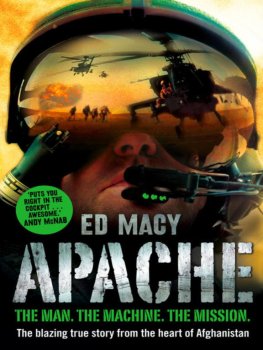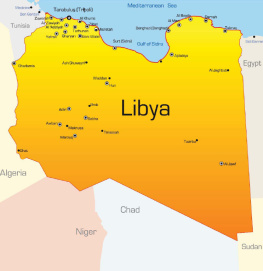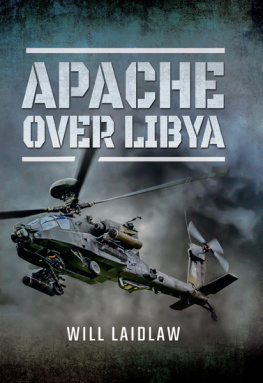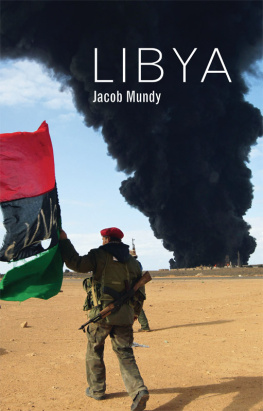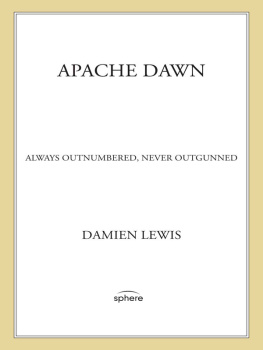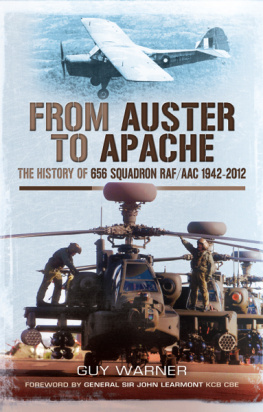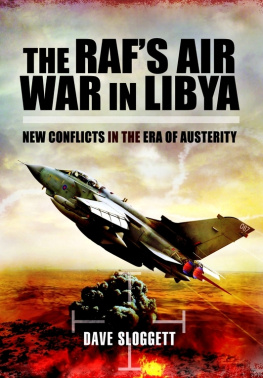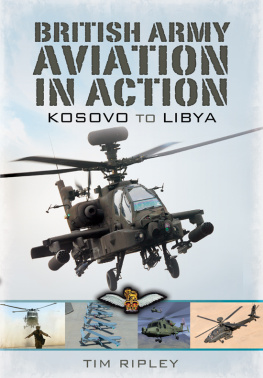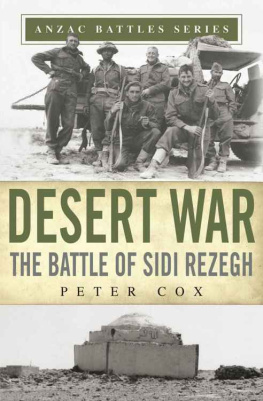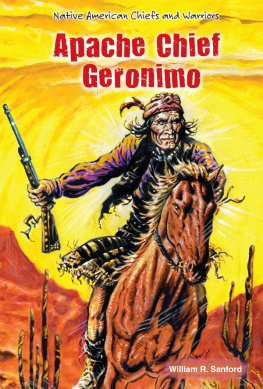All proceeds from the sale of this book will be donated to SSAFA and Combat Stress.
Combat Stress is the UKs leading mental health charity for Veterans, providing specialist clinical treatment and welfare support to ex-Service men and women across the UK. Founded at the end of the First World War, it has since helped more than 100,000 Veterans and is today supporting almost 6,000 more than at any time in its long history.
With demand for its services increasing every year, it is vital that Combat Stress is there to help Veterans rebuild their lives with courage and dignity.
SSAFA is the longest serving national tri-Service military charity. For 130 years SSAFA has provided lifelong support to those who are serving or have ever served in our Armed Forces.
Today nearly five million people living in the United Kingdom are estimated to have served in the Armed Forces at some point in their lives. Every year, around 20,000 Servicemen and women leave the services and return to civilian life.
That is why SSAFAs work is so important. We believe that those who have served their country should get the best possible support when they need it.
First published in Great Britain in 2016 by
PEN AND SWORD MILITARY
an imprint of
Pen and Sword Books Ltd
47 Church Street
Barnsley
South Yorkshire S70 2AS
Copyright Will Laidlaw, 2016
ISBN: 978 1 47386 762 8
PDF ISBN: 978 1 47386 765 9
EPUB ISBN: 978 1 47386 764 2
PRC ISBN: 978 1 47386 763 5
The right of Will Laidlaw to be identified as the author of this work has been asserted by him in accordance with the Copyright, Designs and Patents Act 1988.
A CIP record for this book is available from the British Library.
All rights reserved. No part of this book may be reproduced or transmitted in any form or by any means, electronic or mechanical including photocopying, recording or by any information storage and retrieval system, without permission from the Publisher in writing.
Printed and bound in Malta by
Gutenberg Press Ltd
Typeset in Times by CHIC GRAPHICS
Pen & Sword Books Ltd incorporates the imprints of Archaeology, Atlas, Aviation, Battleground, Discovery, Family History, History, Maritime, Military, Naval, Politics, Railways, Select, Social History, Transport, True Crime, Claymore Press, Frontline Books, Leo Cooper, Praetorian Press, Remember When, Seaforth Publishing and Wharncliffe.
For a complete list of Pen and Sword titles please contact
Pen and Sword Books Limited
47 Church Street, Barnsley, South Yorkshire, S70 2AS, England
E-mail:
Website: www.pen-and-sword.co.uk
Contents
Glossary
AAA (Anti Aircraft Artillery, also known as Triple-A). Typically ZU-23-1 and 2, and ZPU-4, 23mm calibre weapons designed to shoot down aircraft. They have a 400 rounds per minute rate of fire, a muzzle velocity of about 1000m per second and are effective up to 4,500ft and out to 4km. They replaced the older 14.5mm ZPU-1 and 2, which have a slower (approximately 150 rounds per minute) rate of fire and a shorter range. These weapons were prolific in Libya and were often mounted on the back of pickup trucks. AAA mounted on pickup trucks are known as technicals. In Libya they were also used directly against ground forces.
American lady in the wing. Better known as bitchin Betty, this calmly enunciating voice tells us when things go wrong. Her real name is Erica Lane and shes from Alabama. The software-triggered voice announcements gain the attention of aircrew and alert them to what is going wrong. She informs us of everything from a missile being launched at us to an engine failure.
AWACS (Airborne Warning and Control System). The flying command and control centres, with a large disc-shaped radar in front of the tail. These aircraft provided round-the-clock coordination for all NATO activity in the air.
AWS (Area Weapon System). The 30mm gun on the Apache that can fire off-axis and can be controlled by any of the aircrafts sights, including the pilots helmet, allowing rapid lethal engagements. Each of the 30mm rounds has a High Explosive Dual Purpose warhead, which delivers both a fragmentation and armour-piercing effect.
Back-seater. Also known as rear-seater. The Apache has a tandem, dualcontrol cockpit, with the pilot sitting in the rear seat.
BDA (Battle Damage Assessment). The assessment of the effect of their strike conducted by the aircrew after an engagement.
Bingo. A fuel state expressed as the fuel required to get you back to Mother with the minimum left in the tank to land. Once your fuel is at bingo you must to return to Mother; there is no spare fuel for any more target time or diversions.
BM21. Also known as the Grad, the BM21 is a Russian-made multilaunch rocket system mounted on the rear of a truck. Depending on its configuration, 20 to 30 tubes each fire a rocket reaching out to 20km.
BZ (Bravo Zulu). A naval signal, originally conveyed by flags, meaning well done. To receive a BZ is high praise, and it is given sparingly.
Callsign. All aircraft have a callsign, a name to be recognized by on the radio. Machete is one of the 656 Squadron callsigns. Over Libya we diversified into several different callsigns Prodigy, Jilted and Underdog were among our favourites. They were all official NATO designations and were dropped as soon as the operation was over.
CAOC (Combined Air Operations Cell). The CAOC was located in Poggio Renatico, near Bologna in Italy. This is where the NATO air campaign was planned and managed.
CDE (Collateral Damage Estimate). Every weapon has CDE implications. When writing the MISREP, aircrew were to describe any CD issues. CD is also considered when conducting BDA.
CIVCAS. Civilian Casualties.
CO (Commanding Officer). In the Army CO relates specifically to the command of a Regiment.
CPG (Co-Pilot Gunner), also known as front-seater. The CPG has control of the sights, sensors and weapons. He is usually the aircraft commander too. Although the Apache has dual controls and can be flown from either cockpit, the front-seater is usually too busy finding and engaging targets to have his hands on the flight controls.
CSAR (Combat Search and Rescue). The people who come and pick you up if you end up on the run having been forced to land. For the first three weeks of our work the NATO CSAR was at five hours notice to move. In late June the 56th Rescue Squadron from the United States Air Force joined us on HMS Ocean. They sat at thirty minutes notice to move, but well-honed drills meant that they would usually be off the deck in around seven minutes. Consequently, morale went up among the Apache crews.
CTR (Conversion To Role). Following CTT (see below), newly trained Apache pilots embark on the eight-month CTR teaching them attack helicopter military Tactics, Techniques, and Procedures (TTPs). On completion, a pilot is ready to join a front-line Attack Helicopter Squadron.
CTT (Conversion to Type). The eight-month training course teaching already qualified military pilots how to fly and operate the British Apache.
Delta Hotel. Direct hit. When a fired munition goes exactly where the gunner wants it to go. Over Libya every one of our Hellfire shots was a Delta Hotel.
Dunker. The Under Water Escape Trainer. A module used to practise escape from a ditched helicopter.
Ellamy. The name of the UK military operation in Libya in 2011.
FCR (Fire Control Radar). Mounted above the main rotor blades the FCR senses objects in the same way as conventional radar. The aircrew can then visually interrogate those objects with the FLIR.
Feet-wet/feet-dry
Next page

